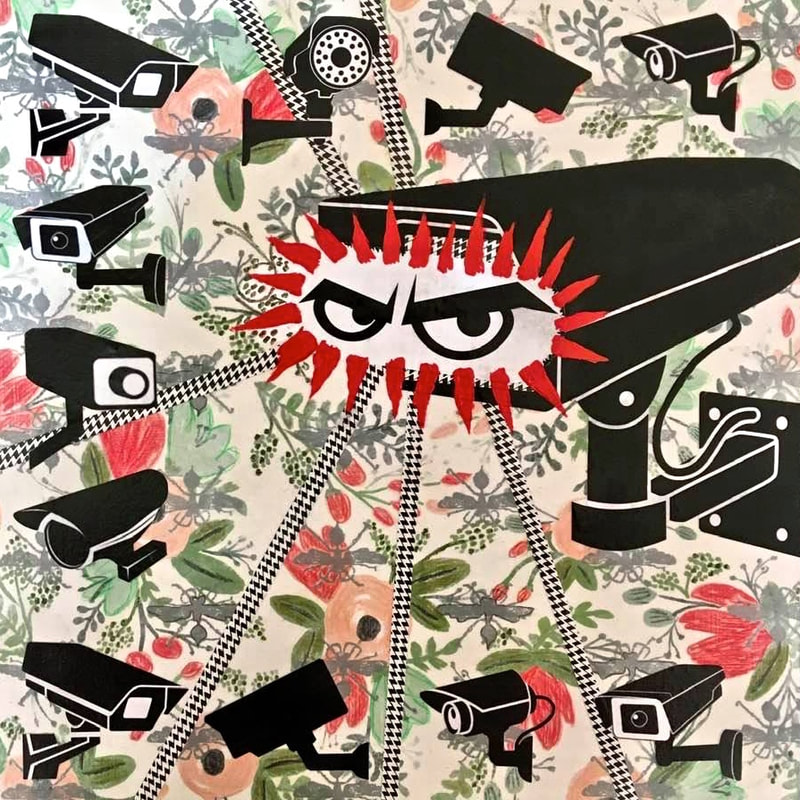- HOME
-
GALLERIES
- ARC GALLERY >
- PROJECT GALLERY >
- SPOTLIGHT EXHIBITIONS >
-
PREVIOUS EXHIBITIONS
>
- 48 Pillars >
- FourSquared >
-
Juried Exhibitions
>
- FANTASY
- BLACK & WHITE
- KALEIDOSCOPE
- TRANSFORMATION
- FACE TO FACE
- VICES
- HOME 2021
- Magnetic Pull
- FRAGMENTS
- REFLECTIONS
- SNAP! 2020
- NOCTURNE
- SANCTUARY
- SNAP! 2019
- LIBERTY
- Dream
- SNAP! 2018
- LUMINOUS
- FLORA & FAUNA
- SNAP! 2017
- SACRED & PROFANE
- CHAOS
- IMPULSE 2016
- SECRET
- FUSION
- DARK
- LIKE A TOM WAITS SONG >
- MAYHEM >
- STRUCTURE >
-
Curated Exhibitions
>
- ACCESS
- CA Printmakers 2024
- FRAYED STORIES
- VOYAGE
- THE WILD SIDE
- DOLLHOUSE 2022
- Awakened by the Midnight
- THE WORD
- RECOLOGY
- F213 NCWCA Exhibition
- SubVersions
- METAMORPHOSIS
- ANTHROPOSCENE BAPC Exhibition
- SUMMER OF LOVE1
- METROPOLIS
- NASTY
- DEATH OF A CLOWN
- BETWEEN WORLDS
- Reflections
- “F*ck U!"
- SOME ASSEMBLY REQUIRED
- Life Live 2017
- CUT & PASTE COLLAGE-A-RAMA
- LIFE LIVE 2016
- SCALE
- ROLL THE PRESSES
- SPOTLIGHT FIGURE
- ARTIFACTS
- ALTERED STATES
- Collage-a-Rama
- Arc Studio Exhibitions >
- Kearny Street Workshop Exhibitions >
- CALENDAR
- CALLS FOR ARTISTS
- ARTIST STUDIOS
- ABOUT
“Twenty-Twenty: Visions of the Future”
|
“Twenty-Twenty: Visions of the Future” Bay Area Exhibition in the Project Gallery at Arc OPENING RECEPTION: Saturday, January 25th, 7-9PM Curator: Stephen C. Wagner, SF Artist Network Featured artists: Carrington Arredondo, Diana Elrod, Dilcia Giron, Karen Gutfreund, Dianne Hoffman, Shane Izykowski, Sean O’Donnell, Priscilla Otani, Carlos Paz, Barbara Pollak-Lewis, Doug Rhodes, Stephen C. Wagner, & Tanya Wilkinson EXHIBITION: January 25 – February 22, 2020 Imagination is our window into the future! |
Visionaries, philosophers, rulers, astronomers, economists, politicians and scientists all try to anticipate the future and forecast the world of tomorrow. Predicting the future has been, and still is, a part of every society. Visions of the future draw on medicine, climate change, scientific discovery, international development, financial crises, disease, war, and evolution.
Over the last two thousand years, many philosophers envisioned societies that were governed by the perfect set of systems that would enable its citizens to live peaceful and long lives. These utopian visions significantly affected the rise of several political movements in our modern history. It is unfortunately ironic that Stalin’s totalitarian mass genocide, the conquest of the native inhabitants of the Americas, and the European and American slave trade are all examples of atrocities committed in attempts to implement such visions of the future.
Authors & film-makers of the 20th century envisioned futuristic societies that only from the outside resembled a Utopia but in which people lived in a repressive and controlled states.Such books as H.G. Wells’ “Time Machine,” Aldous Huxley’s “Brave New World,” and George Orwell’s “Nineteen Eighty-Four,” and movies such as “Metropolis,” “Blade Runner,” “A Clockwork Orange,” and “Matrix” explore dystopian societies with repressive social control systems, government coercion of citizens, influence of technology on the human mind, loss of individuality, lack of freedom of speech, censorship, sexual repression, class inequality, and threatening artificial intelligence.
It is a sad irony of the present that although our world is hardly free of poverty, injustice, and war, we seem to have lost the capacity to imagine a better one. We struggle over the question of whether various utopian visions of the future are theoretically feasible and practically possible.Though visions of a better world are so often disparaged as unrealistic, it should however be remembered that those committed to such visions do not consider them unattainable. Someday, with the help of new generations of innovators and explorers, new visions of the future can become a reality.
Over the last two thousand years, many philosophers envisioned societies that were governed by the perfect set of systems that would enable its citizens to live peaceful and long lives. These utopian visions significantly affected the rise of several political movements in our modern history. It is unfortunately ironic that Stalin’s totalitarian mass genocide, the conquest of the native inhabitants of the Americas, and the European and American slave trade are all examples of atrocities committed in attempts to implement such visions of the future.
Authors & film-makers of the 20th century envisioned futuristic societies that only from the outside resembled a Utopia but in which people lived in a repressive and controlled states.Such books as H.G. Wells’ “Time Machine,” Aldous Huxley’s “Brave New World,” and George Orwell’s “Nineteen Eighty-Four,” and movies such as “Metropolis,” “Blade Runner,” “A Clockwork Orange,” and “Matrix” explore dystopian societies with repressive social control systems, government coercion of citizens, influence of technology on the human mind, loss of individuality, lack of freedom of speech, censorship, sexual repression, class inequality, and threatening artificial intelligence.
It is a sad irony of the present that although our world is hardly free of poverty, injustice, and war, we seem to have lost the capacity to imagine a better one. We struggle over the question of whether various utopian visions of the future are theoretically feasible and practically possible.Though visions of a better world are so often disparaged as unrealistic, it should however be remembered that those committed to such visions do not consider them unattainable. Someday, with the help of new generations of innovators and explorers, new visions of the future can become a reality.













